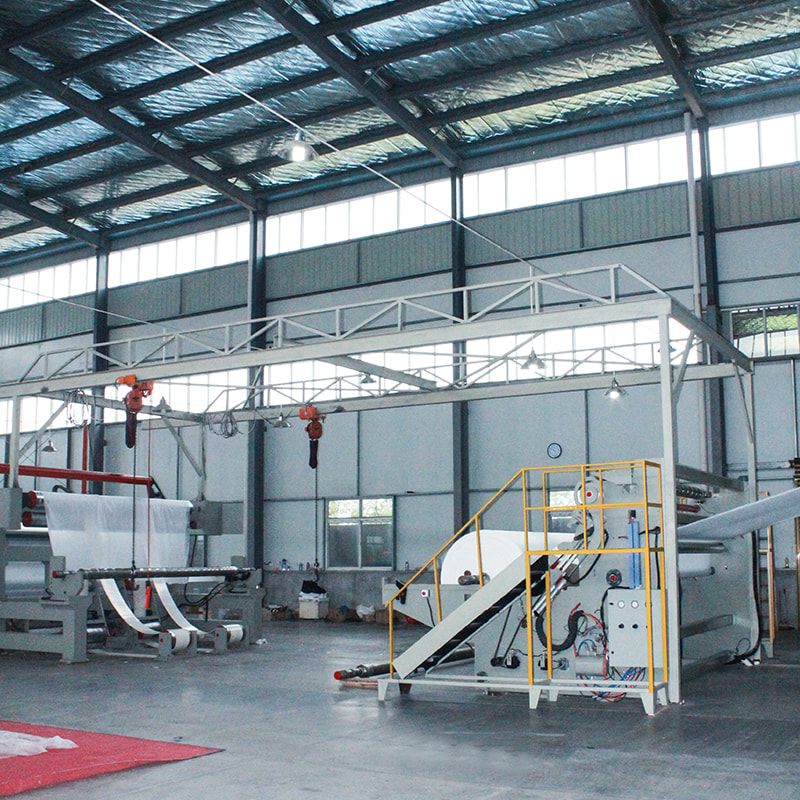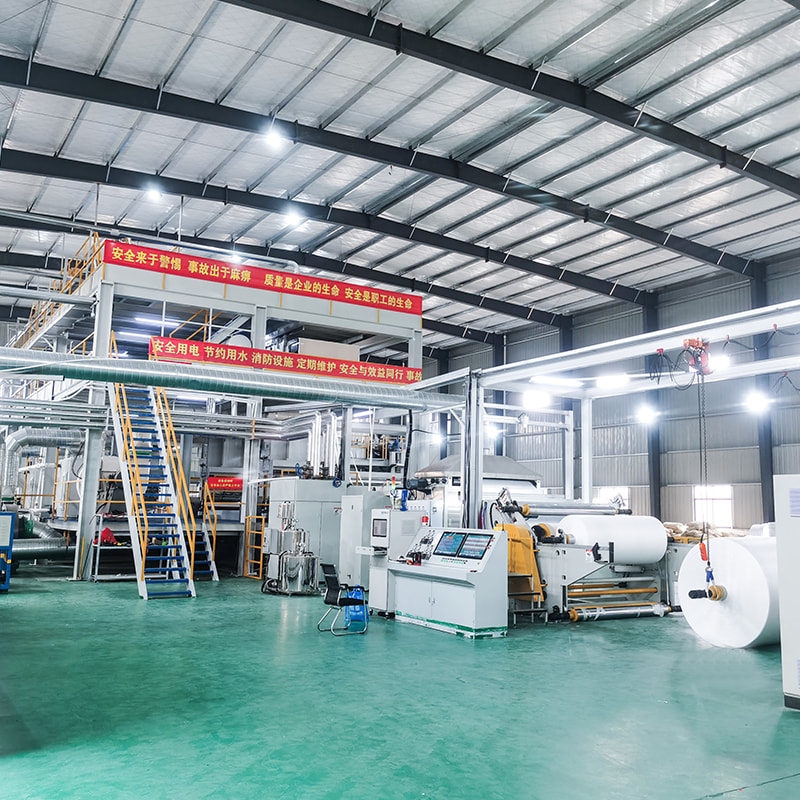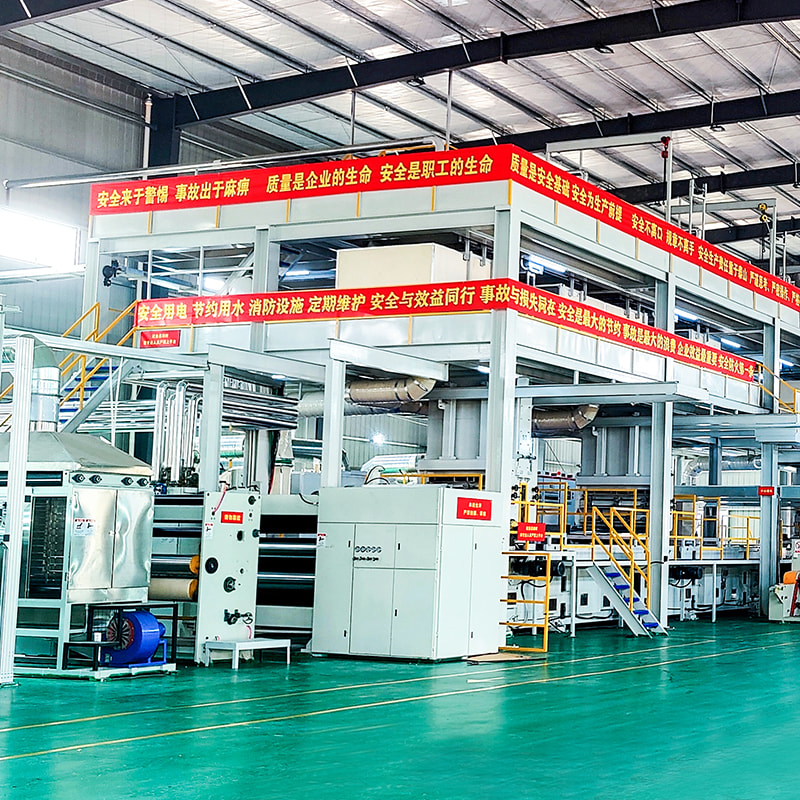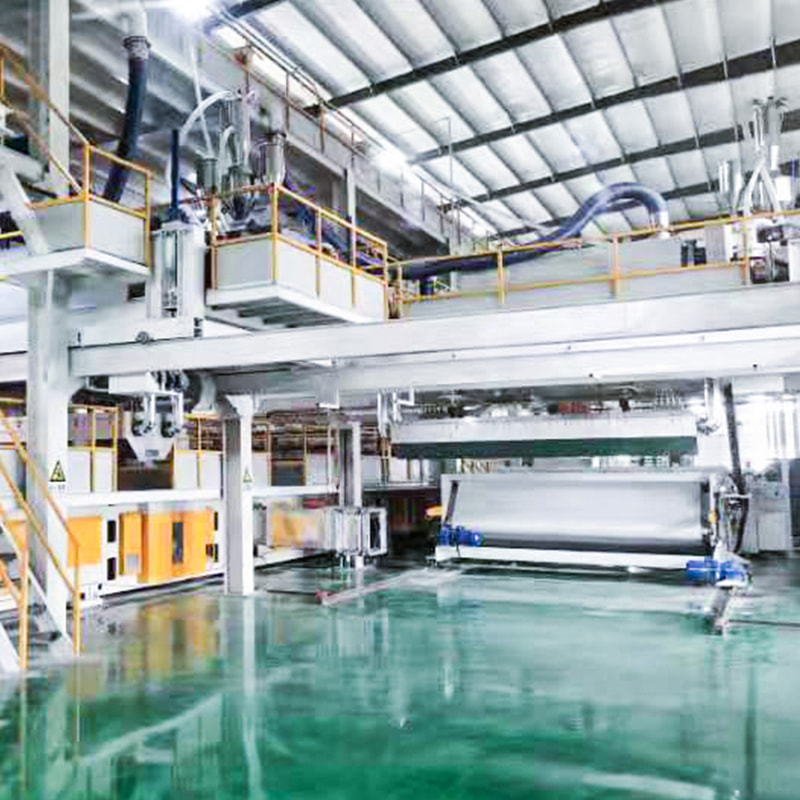When it comes to manufacturing high-quality nonwoven fabrics, the technology behind the machines is just as important as the raw materials used. A crucial element in achieving optimal performance is the integration of advanced features like CNC technology and dynamic balancing, both of which play a significant role in the operation of SMMS fabric making machines. These technologies help manufacturers not only improve the efficiency and precision of production but also ensure the final product meets the rigorous standards required in industries ranging from healthcare to automotive.
CNC (Computer Numerical Control) technology has revolutionized the manufacturing process, particularly in the production of nonwoven fabric machines. In an SMMS fabric making machine, CNC technology is employed to create the most precise and intricate components, ensuring that each part is manufactured with consistent accuracy. This level of precision is essential for achieving the fine-tuned performance needed in the high-speed operation of nonwoven fabric machines. By using CNC machines to craft key components, manufacturers can minimize human error and reduce production time, thus enhancing the overall reliability of the equipment.

Alongside CNC technology, dynamic balancing is another crucial feature that ensures the smooth operation of the SMMS fabric making machine. The rollers in nonwoven fabric machines must rotate at high speeds without causing vibrations that could affect fabric quality or production speed. Dynamic balancing technology helps achieve this by ensuring that the rollers are precisely balanced, even at high rotational speeds. This eliminates issues such as uneven fabric tension and minimizes wear and tear on machine parts, which ultimately extends the lifespan of the equipment. With balanced rollers, manufacturers can run their machines at higher speeds, improving output without sacrificing product quality.
One of the primary advantages of these technologies is their contribution to consistent fabric quality. In industries such as medical, hygiene, and filtration, where fabric properties such as uniformity and strength are critical, the precision offered by CNC and the stability provided by dynamic balancing ensure that the final product meets the required standards. For example, in the production of medical-grade nonwoven fabrics, even the slightest variation in fabric texture or strength can compromise the integrity of the product. Therefore, incorporating these advanced features into an SMMS fabric making machine allows manufacturers to produce high-quality fabrics that are reliable and safe for use in sensitive applications.
Furthermore, integrating Siemens motors and ABB drives into the SMMS fabric making machine enhances the performance of both the CNC and dynamic balancing systems. These motors provide high efficiency and stability, ensuring that the machine operates seamlessly, even during long production runs. The use of Siemens and ABB components also helps reduce energy consumption, making the manufacturing process more cost-effective and sustainable. By combining the precision of CNC technology, the stability of dynamic balancing, and the reliability of top-tier motors, manufacturers can achieve high-speed production while maintaining excellent fabric quality.
In today's competitive market, manufacturers of nonwoven fabrics need to ensure their machines are not only efficient but also capable of producing products that meet increasingly stringent standards. By incorporating cutting-edge technologies like CNC and dynamic balancing into their SMMS fabric making machines, businesses can offer superior products that are both cost-effective and high-quality. These advancements in machine technology allow manufacturers to stay ahead of the curve, meeting market demands while reducing operational costs and increasing overall productivity.







 English
English 中文简体
中文简体 русский
русский عربى
عربى





